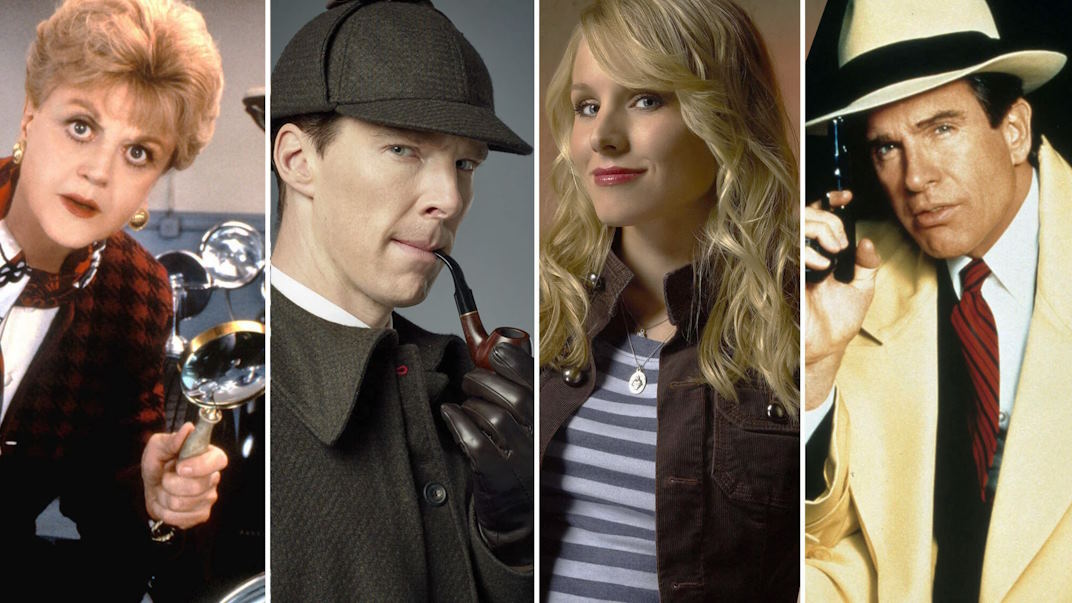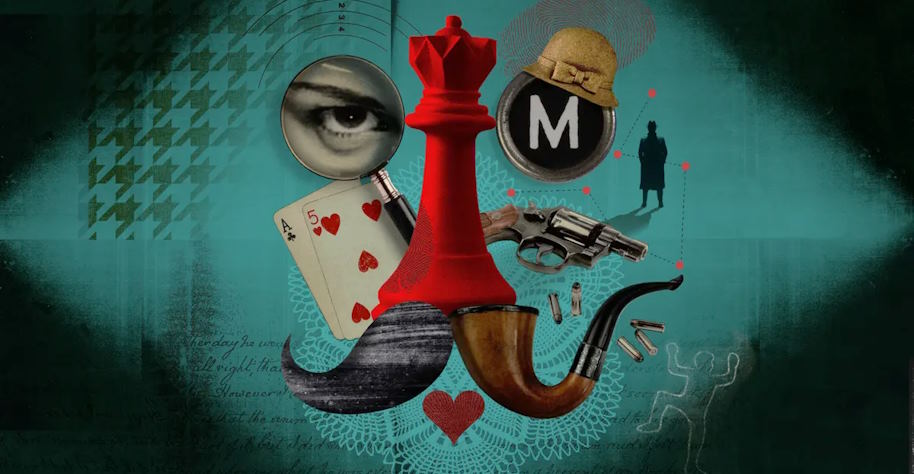Step into the intricate world of crime fiction as we untangle the artistry behind crafting compelling characters that leap off the page. From flawed protagonists to cunning antagonists, character development lies at the heart of crime writing, shaping the narratives and driving the plot forward. Let’s look into the meticulous process through which crime writers sculpt characters with intricate backgrounds, exploring the nuances of character development that define the genre’s storytelling prowess.
Character Development Forms The Core Of Crime Writing Artistry
Building Complex Backstories
Crime writers invest significant time and effort in developing rich and multifaceted backgrounds for their characters.
By delving into characters’ pasts, motivations, and personal struggles, writers create depth and complexity that resonate with readers and drive the narrative forward.
Exploring Moral Ambiguity
Compelling characters in crime fiction often inhabit moral gray areas, blurring the lines between right and wrong.
By imbuing characters with conflicting motivations and ambiguous morality, writers challenge readers’ perceptions and invite them to explore the complexities of human nature.

The Portrayal of Characters in Crime Fiction is A Meticulous Process
Creating Memorable Protagonists
Protagonists in crime fiction are often flawed and imperfect, grappling with personal demons and inner conflicts.
Through nuanced characterization and emotional depth, writers breathe life into their protagonists, forging connections with readers and eliciting empathy and understanding.
Crafting Compelling Antagonists
Antagonists in crime fiction are more than mere villains; they are complex and compelling adversaries who pose a formidable challenge to the protagonist.
By exploring the motivations and inner workings of antagonists, writers add depth and dimension to their characters, elevating them beyond mere caricatures of evil.

The Art of Characterization: Tips from the Experts
- Show, Don’t Tell: Instead of simply telling readers about a character’s traits, show them through actions, dialogue, and interactions with others.
- Create Conflict: Characters are defined by the obstacles they face and the choices they make in response to adversity. Introduce conflict to drive character development and propel the narrative forward.
- Embrace Complexity: Avoid one-dimensional characters by embracing complexity and ambiguity. Give characters conflicting motivations and moral dilemmas that challenge their beliefs and convictions.
In crime fiction, character development is an art form unto itself, shaping the narratives and breathing life into the worlds created by writers. By meticulously sculpting characters with intricate backgrounds and nuanced personalities, crime writers captivate readers and draw them into a world of mystery, suspense, and intrigue. Through compelling protagonists, compelling antagonists, and meticulous attention to detail, crime writers craft stories that linger in the mind long after the final page is turned, leaving readers eagerly awaiting the next thrilling adventure.







